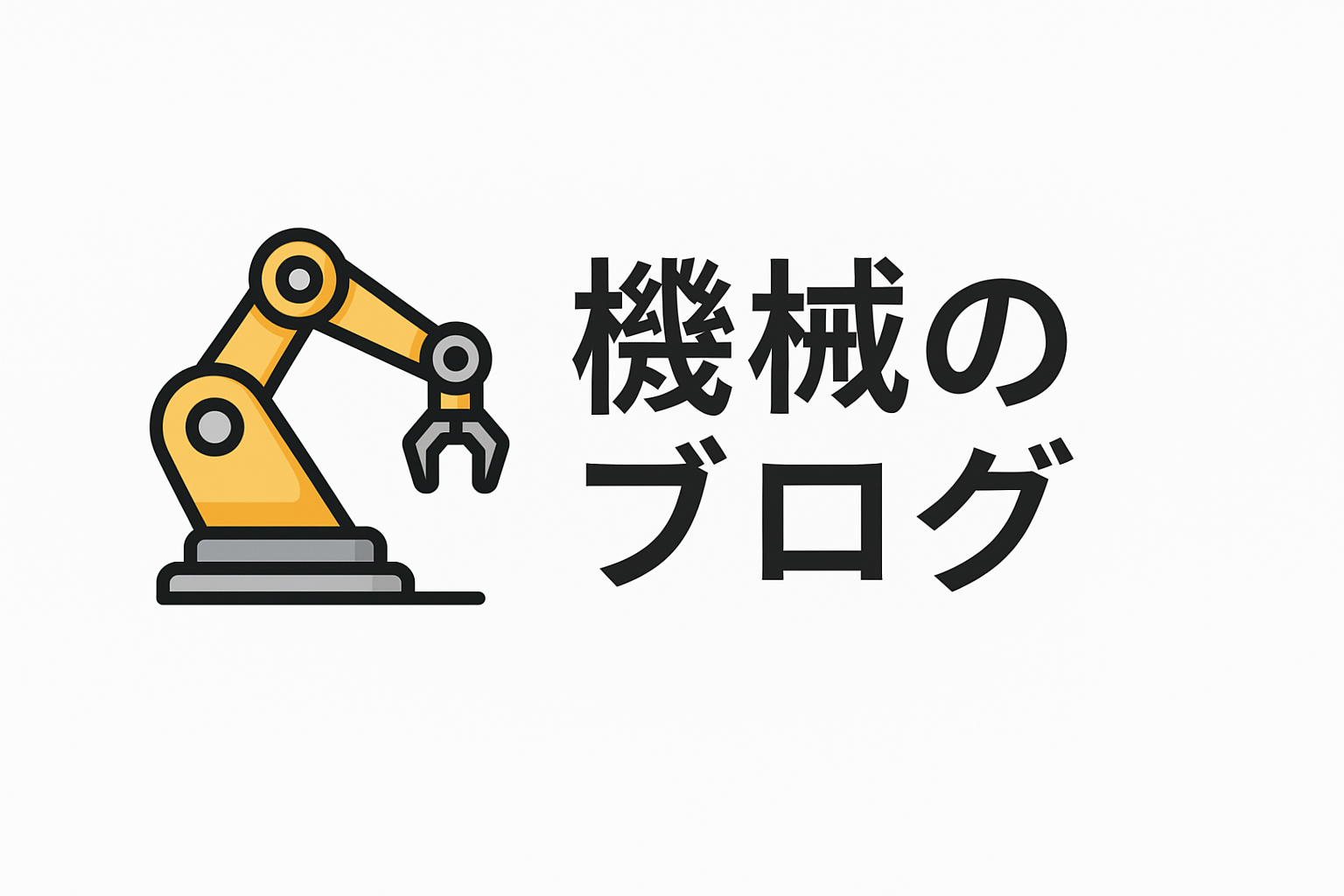Digital Twin Innovation Webinar
As the manufacturing industry continues to evolve in the face of technological advancements, the concept of the digital twin has emerged as a transformative force. This powerful tool offers unprecedented opportunities to optimize processes, reduce costs, and enhance product development. In this blog post, we will delve into the key insights and discussions from the recent “Digital Twin Innovation Webinar,” exploring how this technology is reshaping the future of manufacturing.
Introduction to Digital Twin Technology
The digital twin concept involves creating a virtual replica of a physical asset, system, or process. This replica allows manufacturers to simulate, analyze, and optimize operations in a virtual environment before applying changes to the real world. The innovation of digital twins is significantly impacting product lifecycle management, predictive maintenance, and operational efficiency.
During the webinar, experts emphasized that digital twins are not merely a theoretical concept but a practical solution already being implemented across various industries. The session started with an overview of digital twin technology, highlighting its components, such as data integration, real-time analytics, and IoT connectivity.
Section 1: Benefits of Implementing Digital Twins
The webinar highlighted several compelling benefits of adopting digital twin technology in manufacturing. One of the primary advantages is improved decision-making. By simulating different scenarios, manufacturers can predict outcomes and make informed choices without risking real-world assets. This capability significantly reduces time-to-market and enhances product quality.
Moreover, digital twins facilitate predictive maintenance, allowing manufacturers to anticipate equipment failures before they occur. This proactive approach minimizes downtime and extends the lifespan of machinery, leading to cost savings and increased productivity.
Additionally, the integration of digital twins enables enhanced collaboration across departments. By providing a shared virtual environment, teams can work together more effectively, improving communication and streamlining processes.
Section 2: Real-World Applications and Case Studies
The webinar featured several case studies showcasing how companies are leveraging digital twins to drive innovation. One notable example was a leading automotive manufacturer that utilized digital twins to optimize its assembly line processes. By simulating various configurations, the company reduced production time by 20% and achieved higher precision in component assembly.
Another case study involved a global aerospace company that employed digital twins for predictive maintenance of its fleet. By integrating IoT sensors and real-time data analytics, the company reduced unexpected maintenance costs by 30% and improved aircraft availability.
The webinar underscored that these success stories are not isolated instances but part of a growing trend where digital twins are becoming integral to competitive strategy in manufacturing.
Section 3: Overcoming Challenges in Digital Twin Implementation
Despite the numerous benefits, implementing digital twins is not without challenges. The webinar addressed common obstacles faced by manufacturers, such as data management, integration complexity, and cybersecurity concerns.
Data management emerged as a critical challenge, given the massive volumes of data generated by connected devices. Experts recommended investing in robust data infrastructure and analytics platforms to efficiently handle and process this data.
Integration complexity was another significant hurdle. The seamless integration of digital twins with existing systems requires careful planning and collaboration between IT and operational teams. Webinar speakers advised adopting a phased approach, starting with pilot projects to validate results before scaling up.
Cybersecurity is also a paramount concern, as digital twins rely on interconnected systems that can be vulnerable to attacks. The webinar emphasized the importance of implementing stringent security measures, including encryption, access controls, and regular vulnerability assessments.
Section 4: Future Trends and Developments in Digital Twin Technology
Looking ahead, the webinar forecasted several future trends and developments in digital twin technology. One key trend is the increasing adoption of artificial intelligence (AI) and machine learning (ML) in digital twin applications. These technologies enhance the predictive capabilities of digital twins, enabling more accurate simulations and analyses.
Another emerging trend is the use of digital twins for sustainability initiatives. Manufacturers are exploring ways to utilize digital twins to optimize energy consumption, reduce waste, and achieve sustainability goals. By modeling and simulating different scenarios, companies can identify opportunities for eco-friendly practices.
The webinar also highlighted the potential of digital twins in personalized manufacturing. As consumer demands for customized products grow, digital twins can facilitate mass customization by efficiently managing diverse production requirements.
Section 5: Steps to Get Started with Digital Twins
For manufacturers eager to embrace digital twin technology, the webinar provided a roadmap to get started. The first step is to identify specific use cases where digital twins can deliver the most value. This involves assessing current challenges and opportunities within the organization.
Next, companies should invest in the right technology infrastructure, including IoT devices, data analytics platforms, and simulation software. Partnering with experienced technology providers can expedite this process and ensure a seamless implementation.
Building a cross-functional team is crucial for successful digital twin adoption. This team should comprise members from various departments, including IT, operations, engineering, and production. Collaboration and knowledge sharing among these stakeholders are vital for realizing the full potential of digital twins.
Finally, manufacturers should start small with pilot projects to test and refine their digital twin strategies. These projects provide valuable insights and help build confidence before scaling up to larger initiatives.
Conclusion
The “Digital Twin Innovation Webinar” shed light on the transformative potential of digital twin technology in the manufacturing industry. As organizations strive to enhance efficiency, reduce costs, and meet evolving consumer demands, digital twins offer a compelling solution. By simulating real-world processes in a virtual environment, manufacturers can optimize operations, improve product quality, and achieve significant competitive advantages.
While challenges such as data management and cybersecurity require careful consideration, the benefits of digital twins far outweigh the complexities. As the technology continues to evolve, manufacturers that embrace digital twins will be well-positioned to lead the industry into a more connected and sustainable future.
In conclusion, the insights gained from the webinar provide a valuable roadmap for manufacturers looking to leverage digital twin technology. By starting with targeted use cases, investing in the right infrastructure, and fostering collaboration, companies can unlock the full potential of digital twins and drive innovation in the manufacturing sector.

